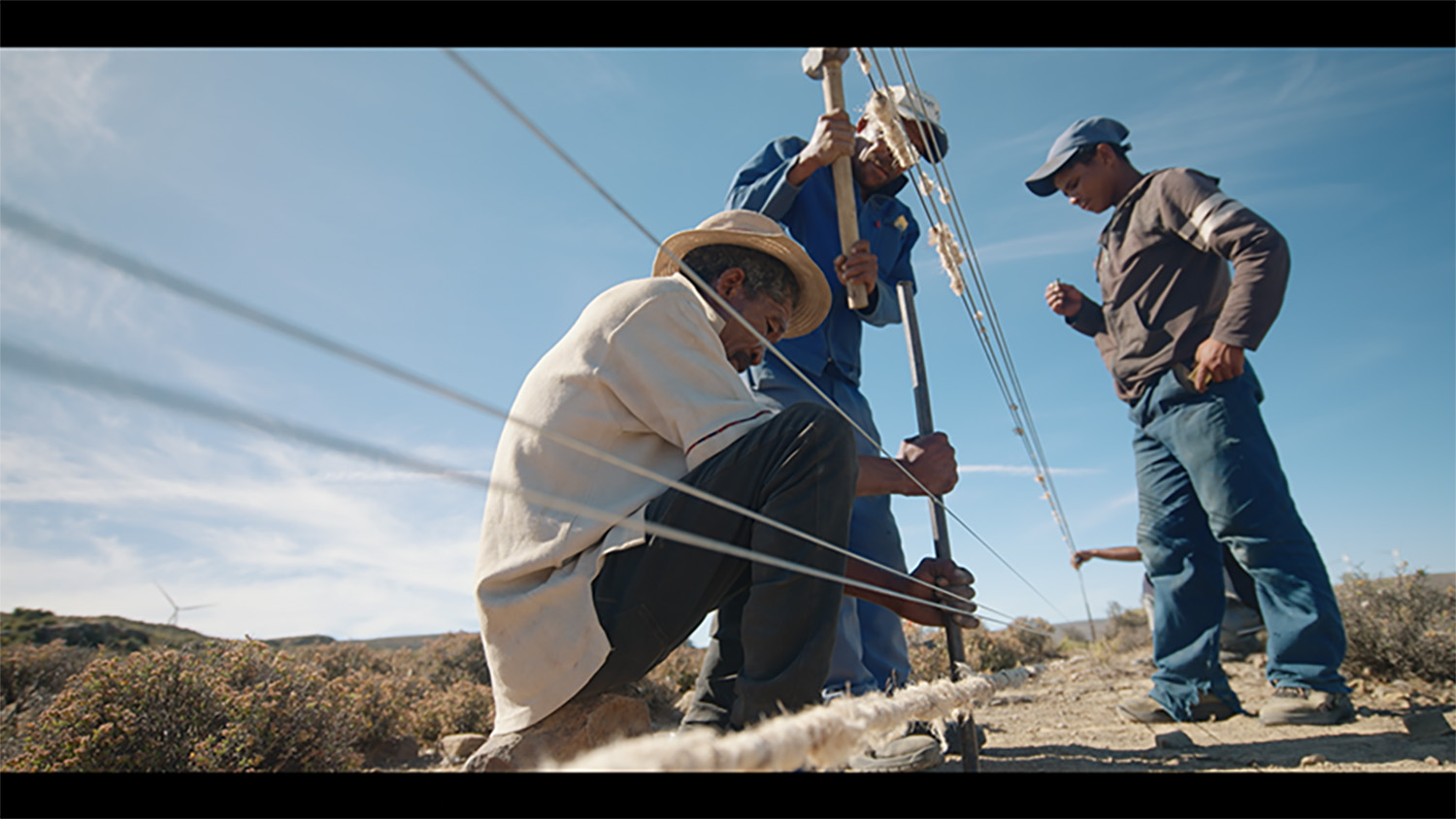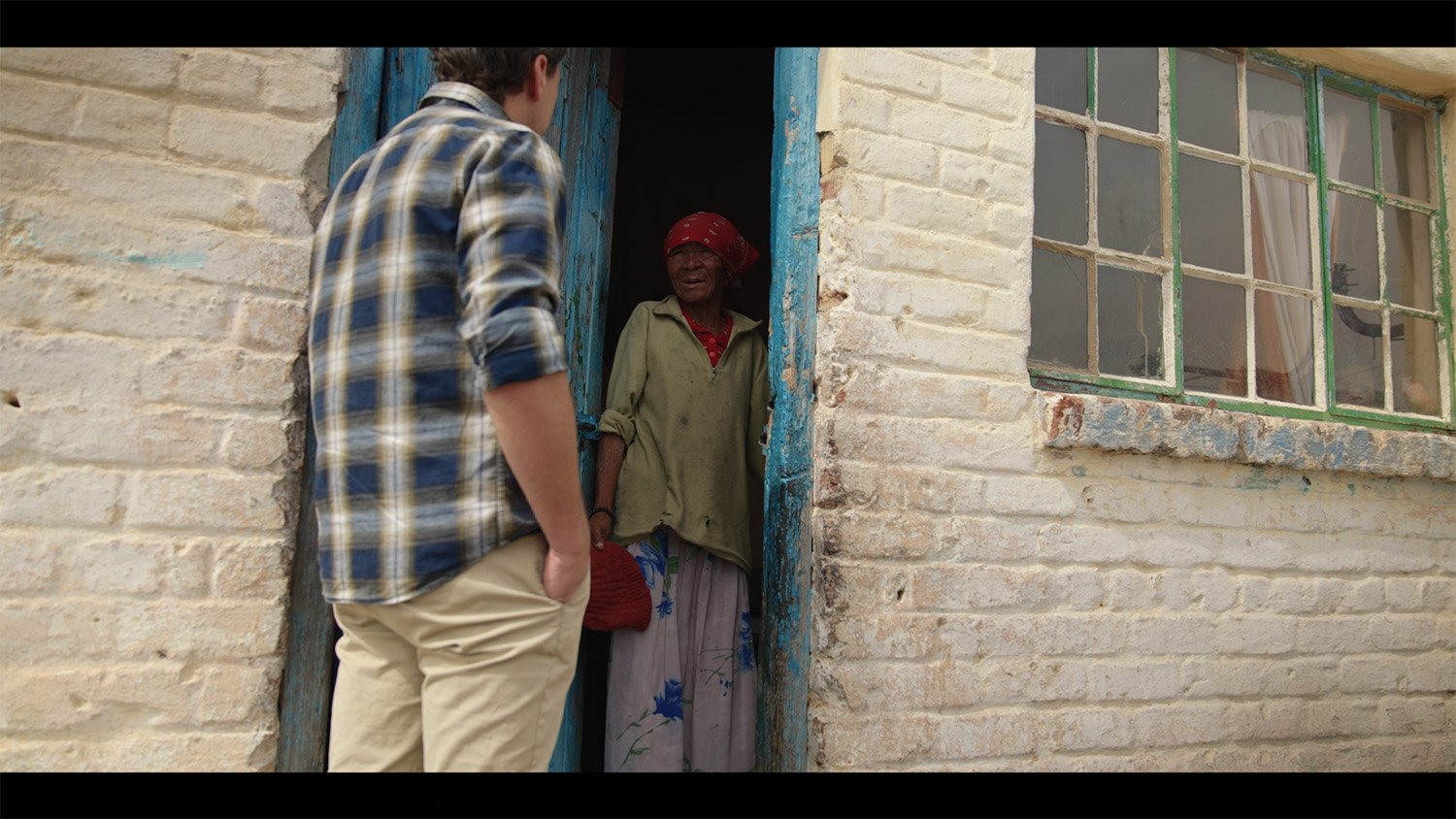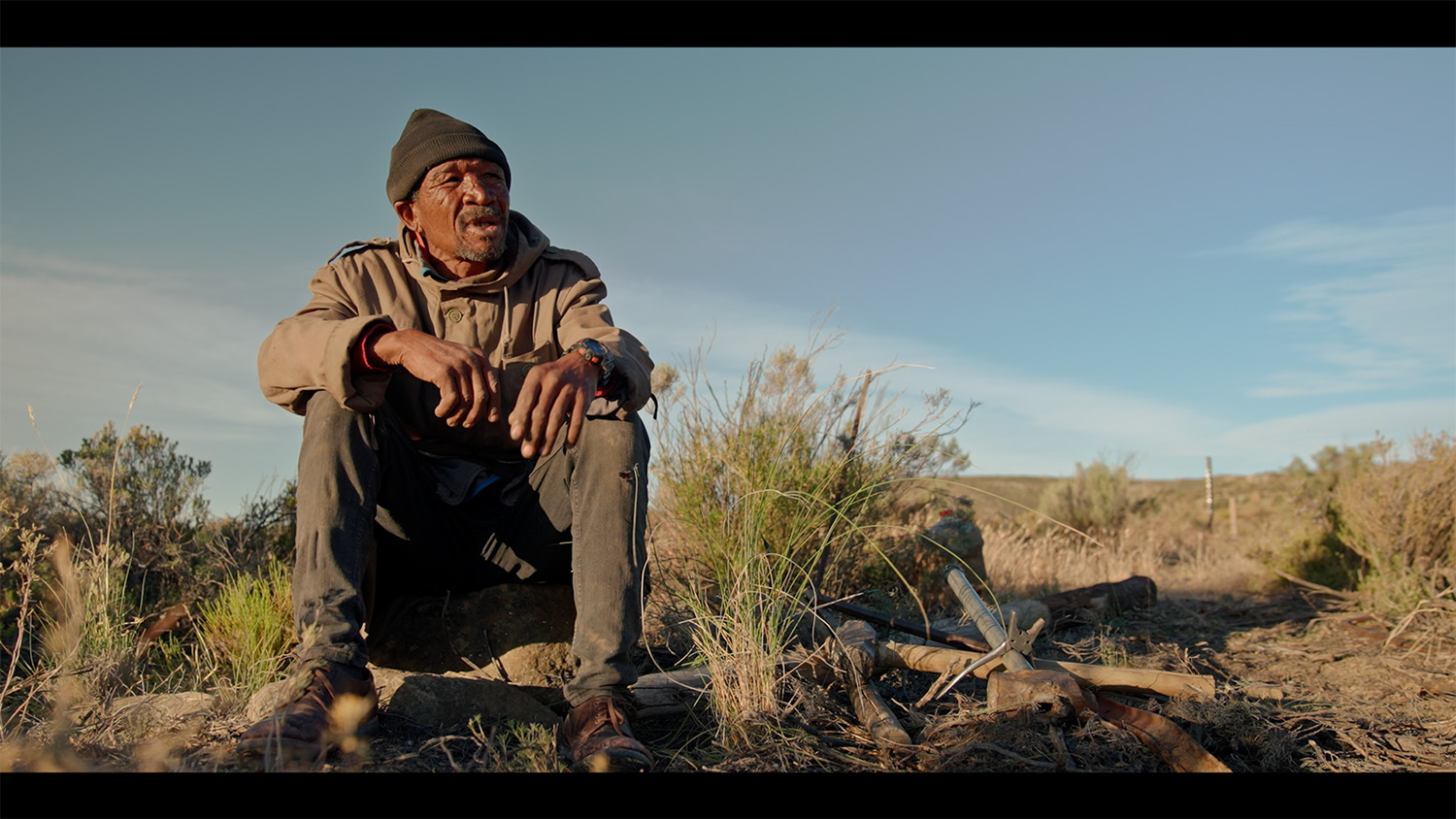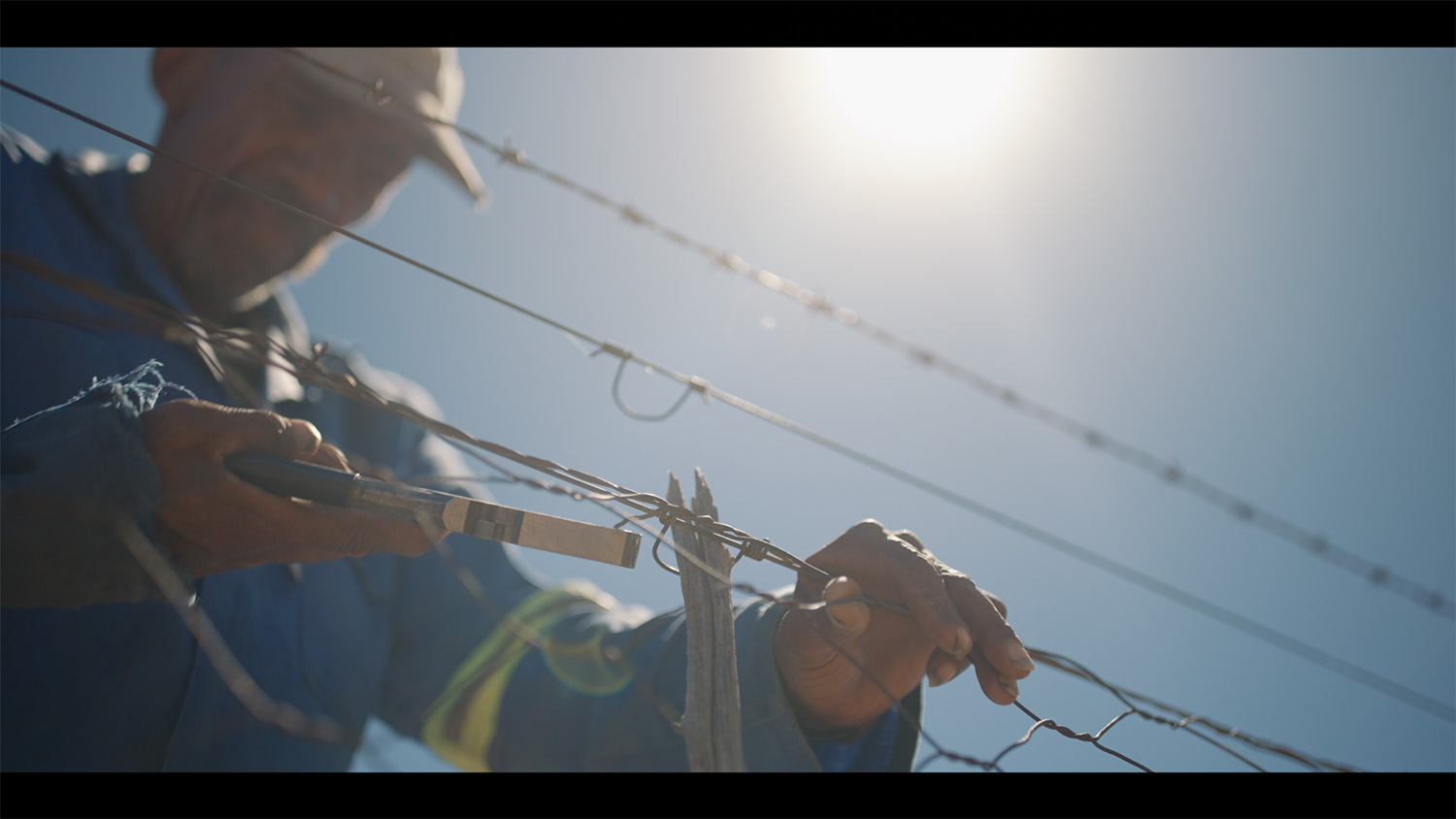




Documentary: Tussen die draad en die dropper
An exceptional story unfolds when photo-journalist Willem van der Berg returns to the arid Karoo in search of Hans Jors, a fencer who went missing. Hans, with whom Willem had a long and close friendship, seems to have disappeared from the face of the earth, and the farmer whose entire Karoo kingdom was fenced in by Hans, doesn’t want to disclose anything.
In this doccie, produced and directed by Willem, and with Conrad Bornman as cinematographer, the sharp contrasts of a divided community are laid bare as the mystery about Hans’ whereabouts is untangled.
Willem talks about this story of people who were born on the wrong side of the fence.
In Tussen die draad en die dropper you ascribe your decision to become a journalist who unearths stories about ‘hidden lives’ to Hans Jors. How do you feel about that decision today?
Hans and all the other forgotten people made me realise that there are so many and such important stories that remain untold. From the beginning of my career in journalism, it was important for me to find those stories. Over the past couple of years, it felt as if I was fulfilling my duty and life mission.
Because of small budgets and all sorts of other reasons, journalists don’t travel around or very far anymore. This has led to the situation that stories in the quieter parts of our country remain unseen and unheard, and it makes me terribly sad.
I genuinely try everything possible to get to these ‘hidden lives and stories’. And it is a huge privilege to be able to do so and to be trusted by people in doing so. Therefore, I endeavour to recount these stories in as truthful, authentic and beautiful a way as possible.
Jannetjie’s grief about her missing brother Hans is heartbreaking and you captured her emotions touchingly. How important is it to keep a professional distance when such raw emotions are expressed?
That moment was extremely difficult for me and the team. The distance was way too small. We were there with her, around and on her bed. In the smallest, most basic little house.
I felt very bad about our intrusion into her personal space with our cameras and microphones when she became so emotional. In such circumstances, I always try to imagine what I would do if it was me in front of the camera.
Just because we are journalists, we shouldn’t think we have the right to capture those moments. That is why I simply allowed her the time to experience her feelings and to talk about it, until the time was right for us to explain that we share her sorrow and concern, and to reassure her of our commitment to track Hans down. It was more important for me to care, rather than being merely ‘professional’.
It was difficult to talk to the elusive farmer, Tienie, who happens to be a former employer of yours. What do you think convinced him in the end to take you to Hans Jors?
I am not completely sure. Perhaps our stamina! Conrad Bornman, the cameraman, and I even extended our stay in the Karoo after the two other team members have returned home. All in the hope that we will eventually establish contact with Hans, or with Tienie at least. We were rather annoying, but always friendly. And the purpose of the film never was to portray Tienie in a bad light. We only wanted to reach Hans.
But, as Nieklaas Diergal from Carnarvon always said, ‘The things you do, you do it to yourself.’
You clearly have a passion for storytelling through photography. What is your earliest memory of a special photo you have taken? And what model was your first camera?
I had to work very hard to become a proper photographer. I taught myself during my student years and my first camera was a Canon 400D. In those days I basically wanted to take pictures of rock n roll bands in bars, and any in-focus shots of Van Coke Kartel and Fokofpolisiekar were my favourites.
But the first photo that was really meaningful, was that of a dying Andries Tatane in the arms of his friend, Molefi Nonyane. And that came about not because I am a good photographer, but because I happened to be around when the people of Ficksburg were demonstrating against the corrupt municipality, and the police shot Andries.
I then realised that, as a photographer, I will always try to tell the stories of people which few others will do.
Tussen die draad en die dropper offers viewers a look into the lives of people who are never in the spotlight. Where will your next journey to hidden lives lead you?
I am currently busy with a series of articles for Weg! on William Burchell’s 1811 exploration travels through South Africa’s interior.
It takes me to fabulous people and stories in the expansive Karoo, from the Tankwa to Graaff-Reinet. Also, along the Gariep river, Griqualand West and the Kalahari. I am certainly reaching those hidden lives.
But the wonderful Bushmen that Burchell came across everywhere, are nowhere to be found. And that makes me more and more depressed.
Previously, you referred to the Kalahari as the most beautiful place on earth. Now that you have made Tussen die draad en die dropper, has the Karoo and its people moved up on your list?
I might have said it before; I am very much in love with the Kalahari. But the Karoo has become my home. My feet belong on the rocky earth, between the bushes and below the kitchen tables of the people living there. I visit the Karoo as often as possible. And I never get enough of it.
